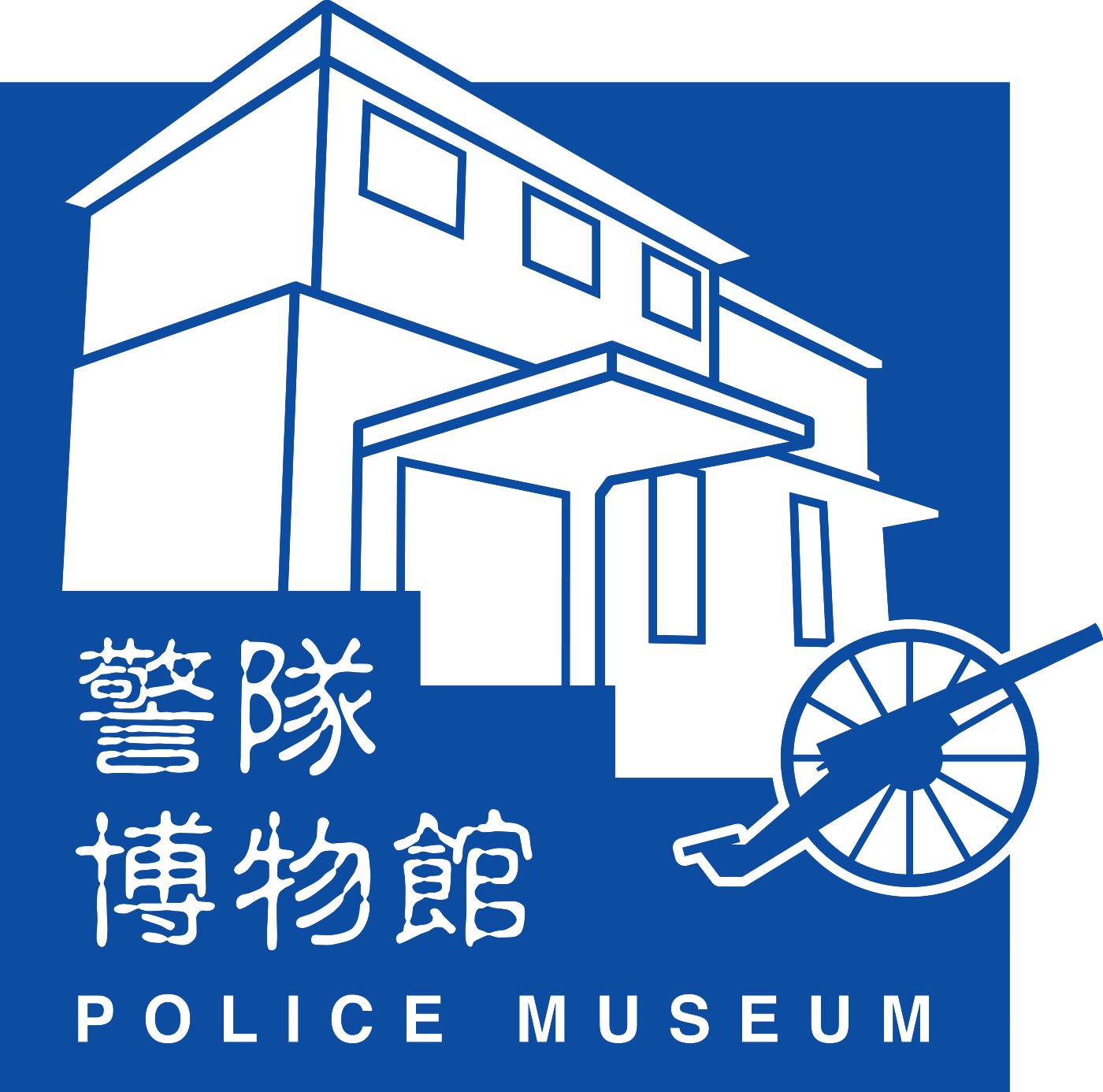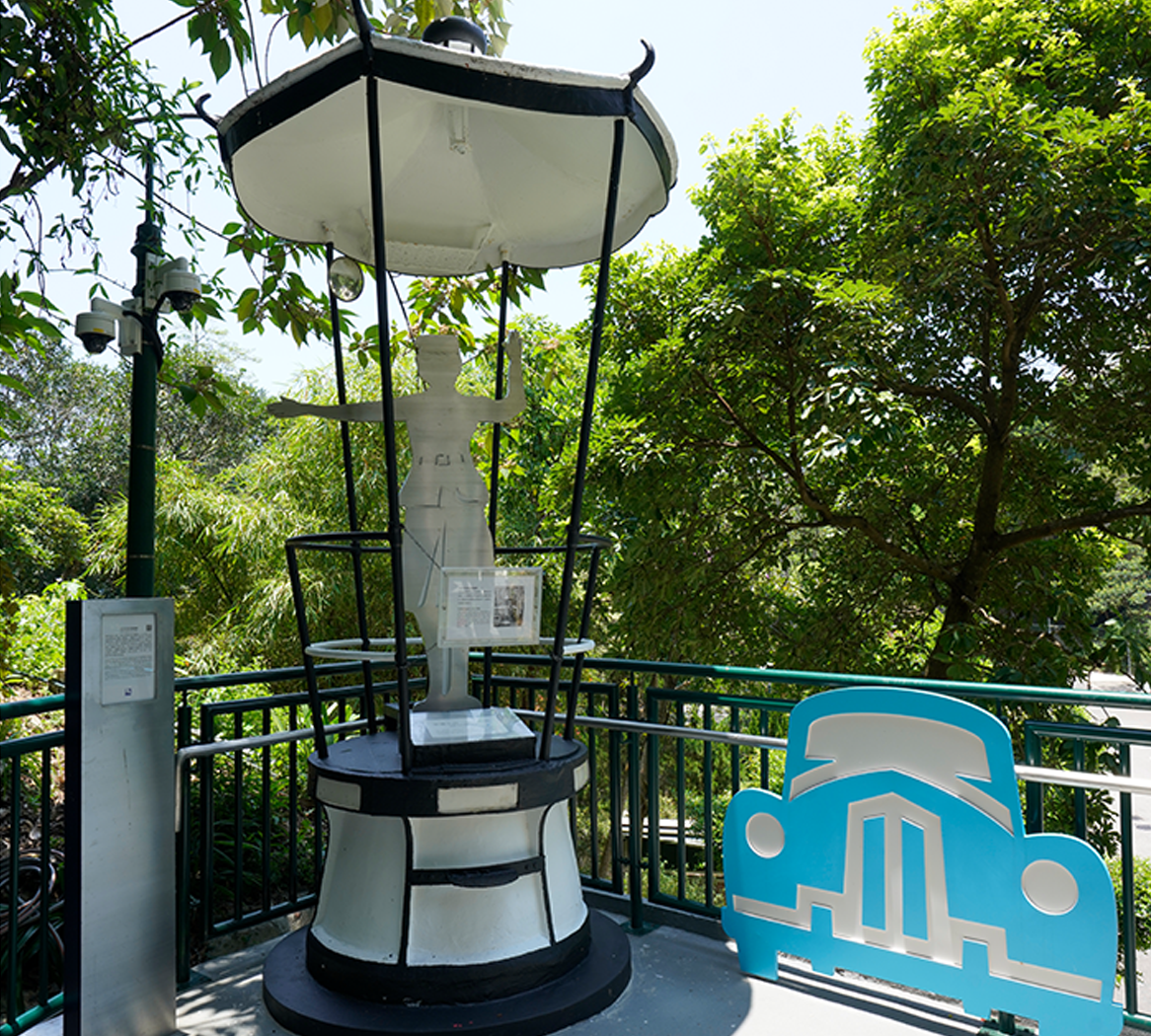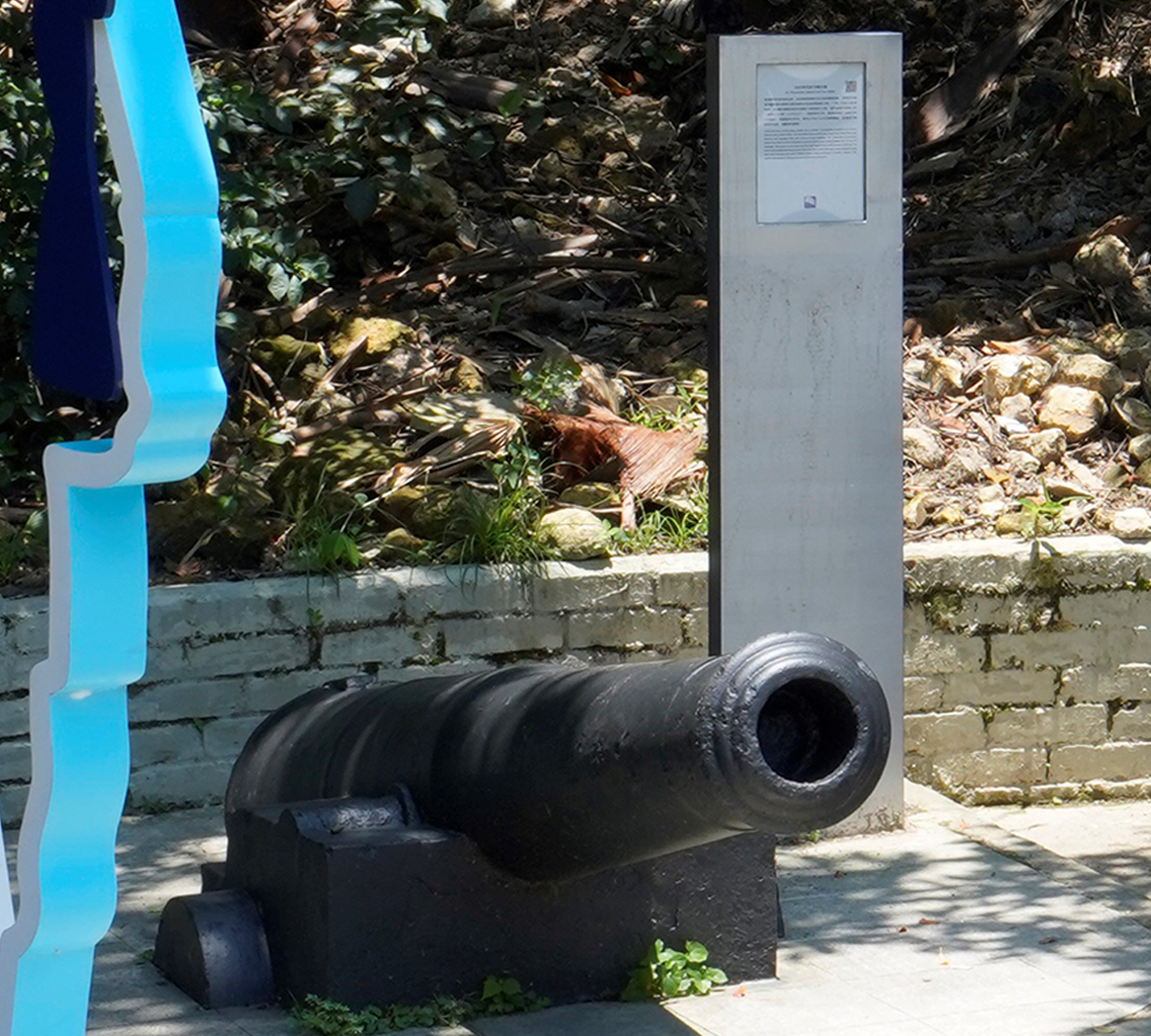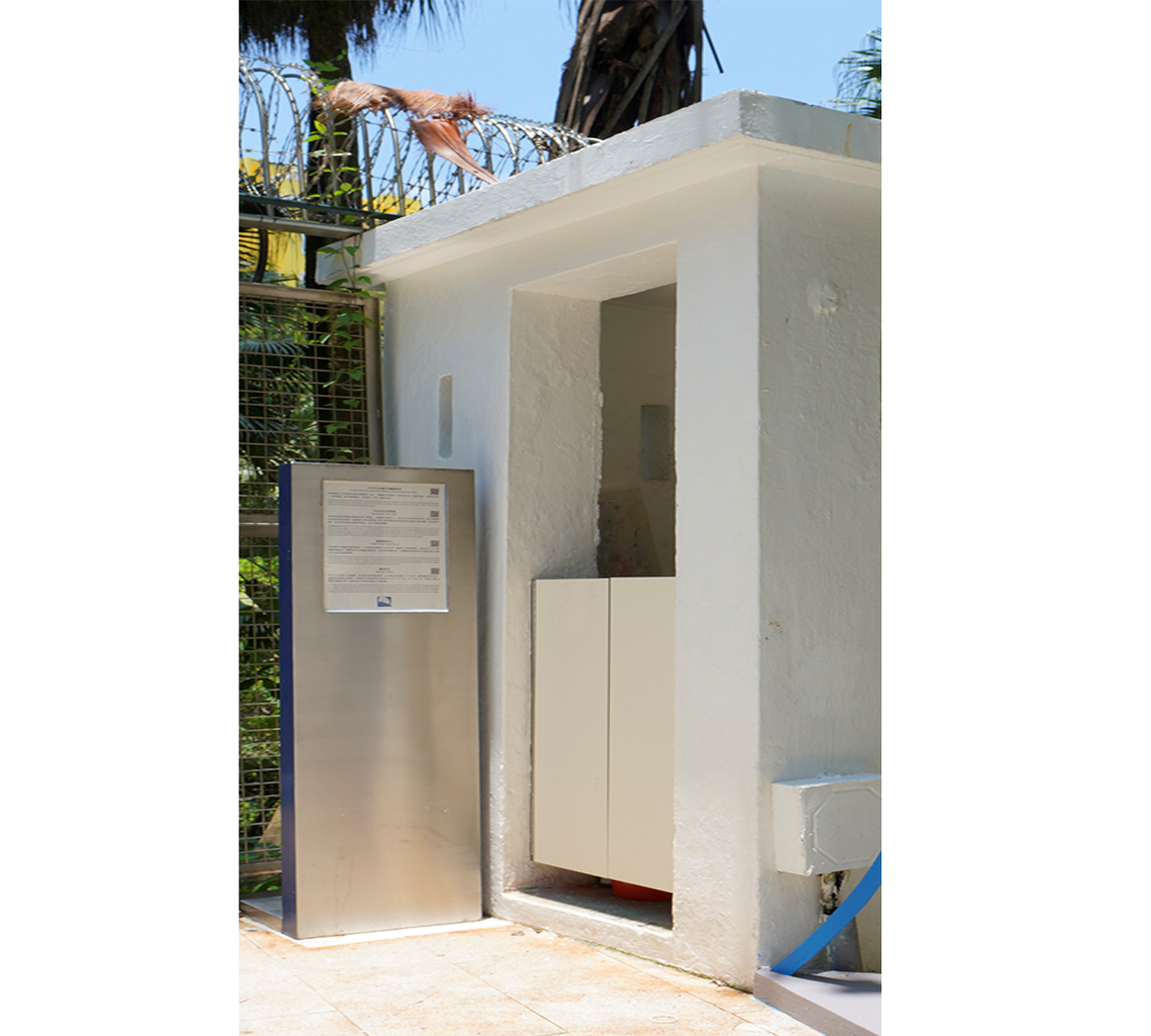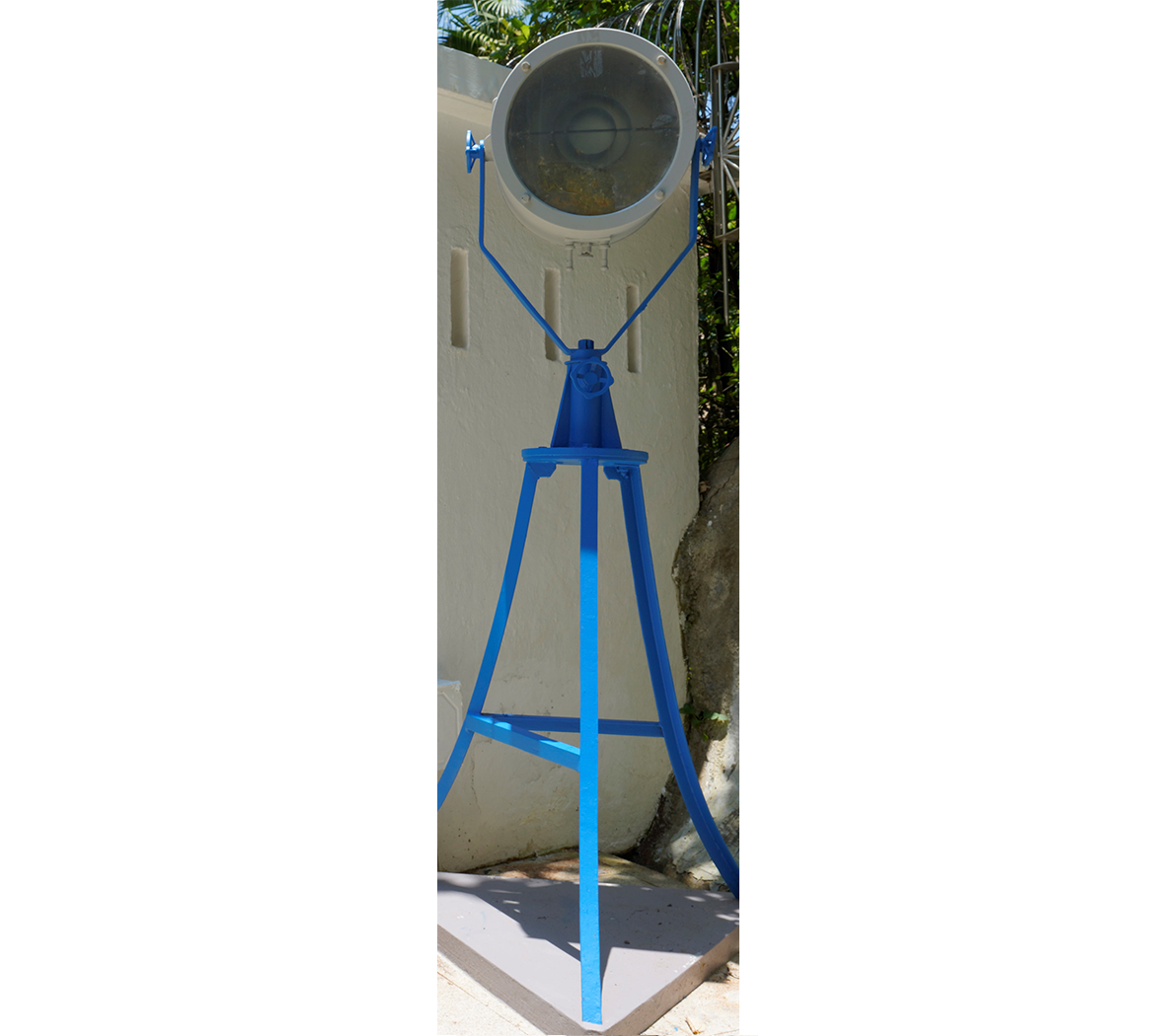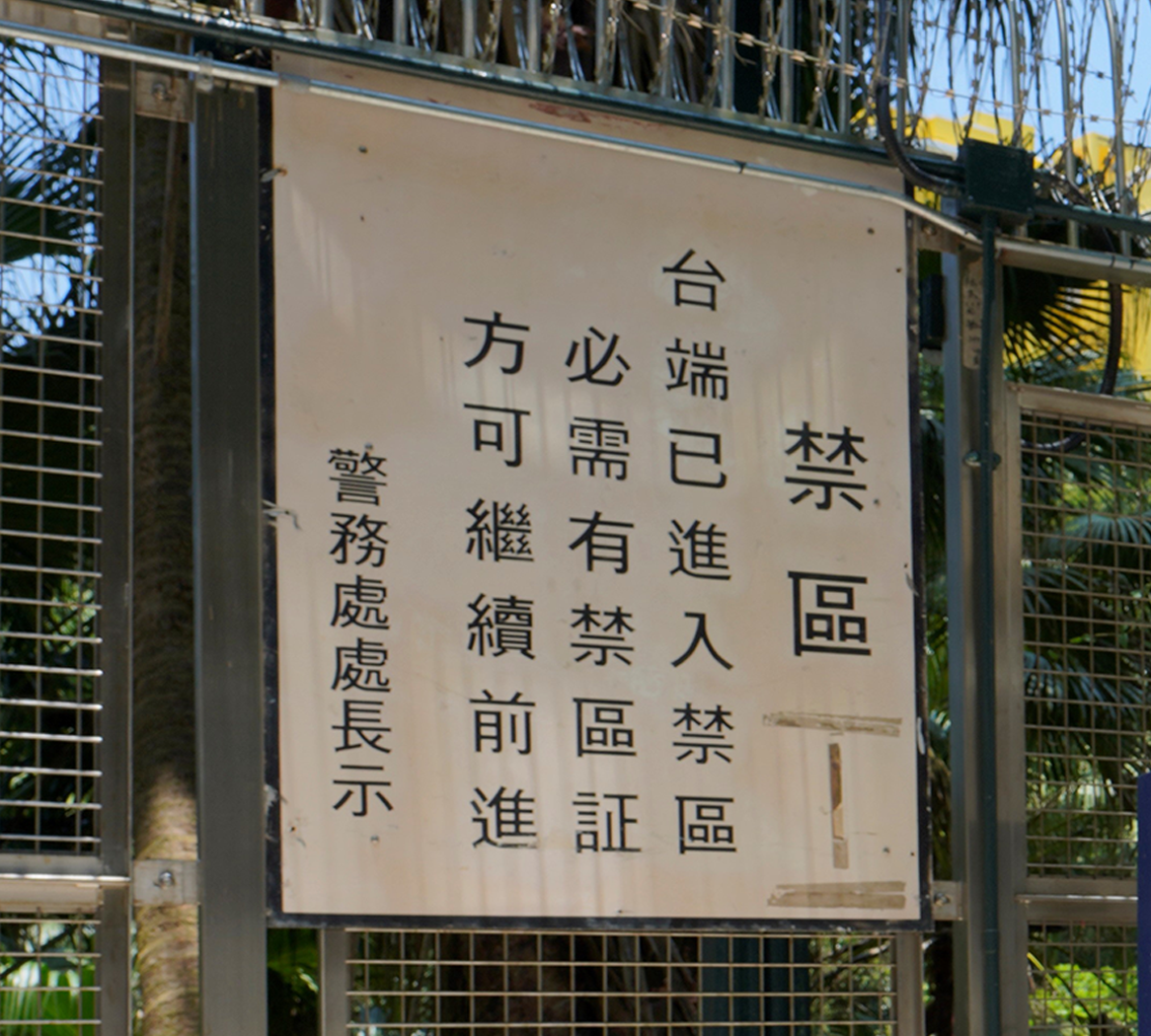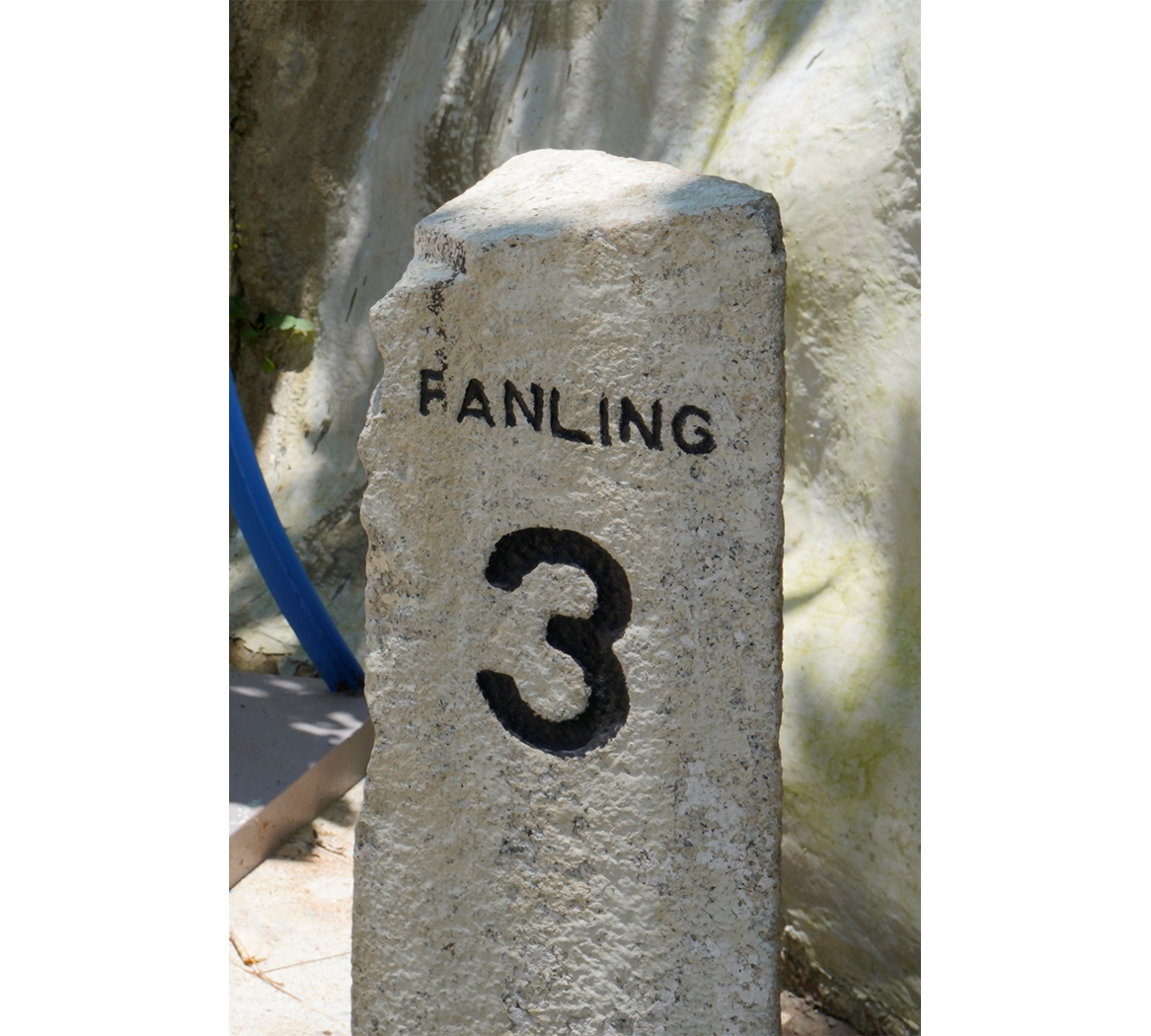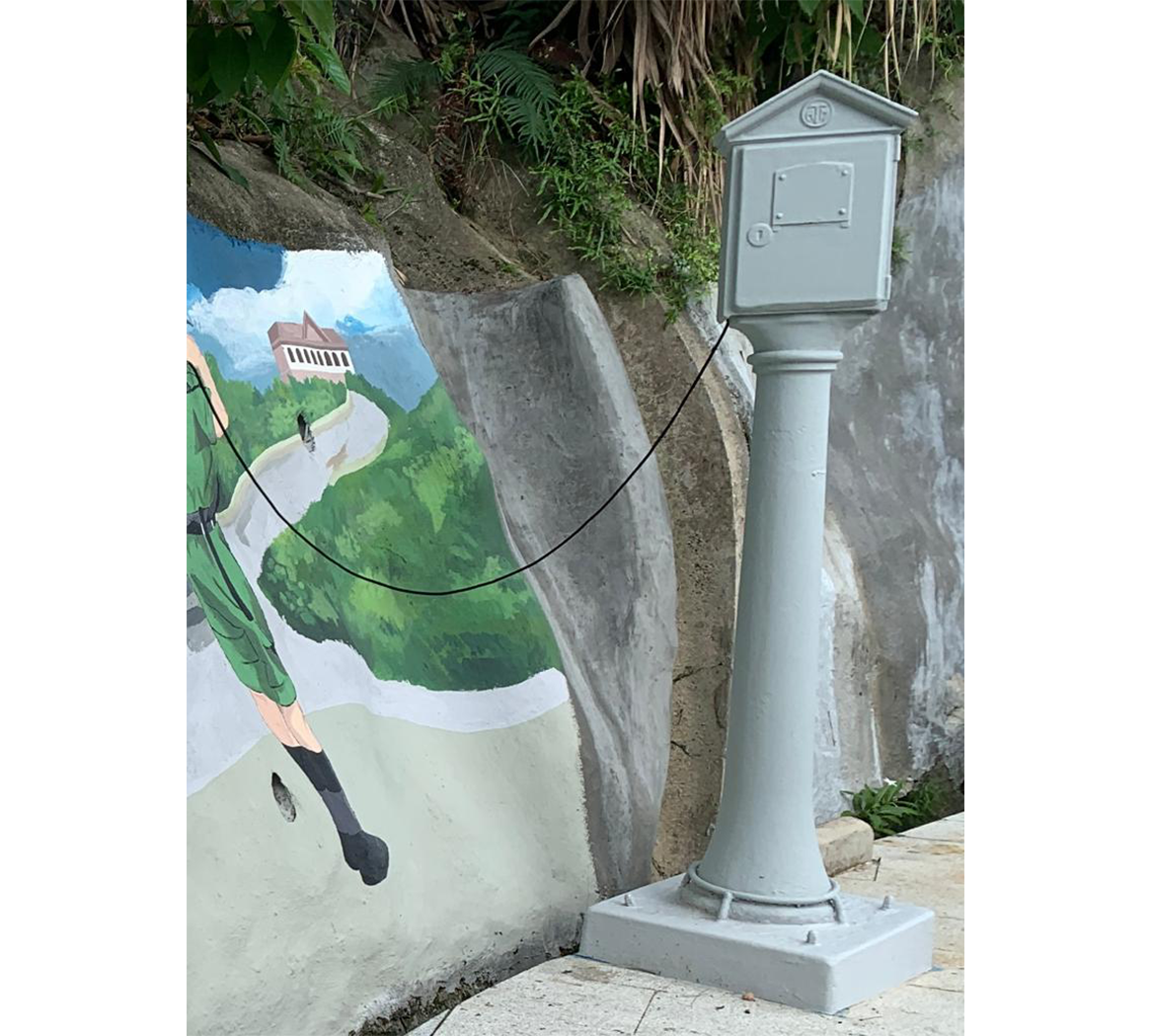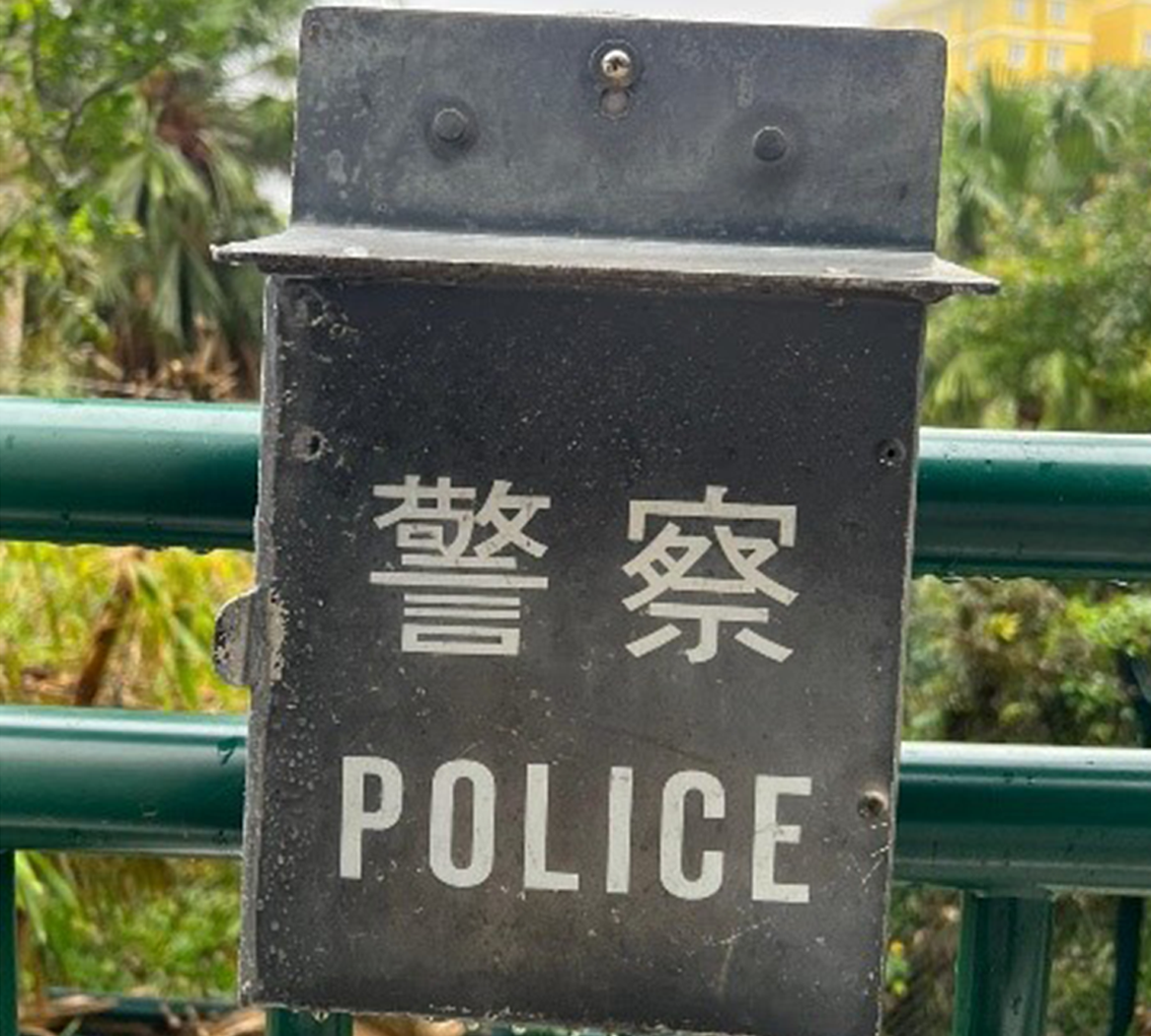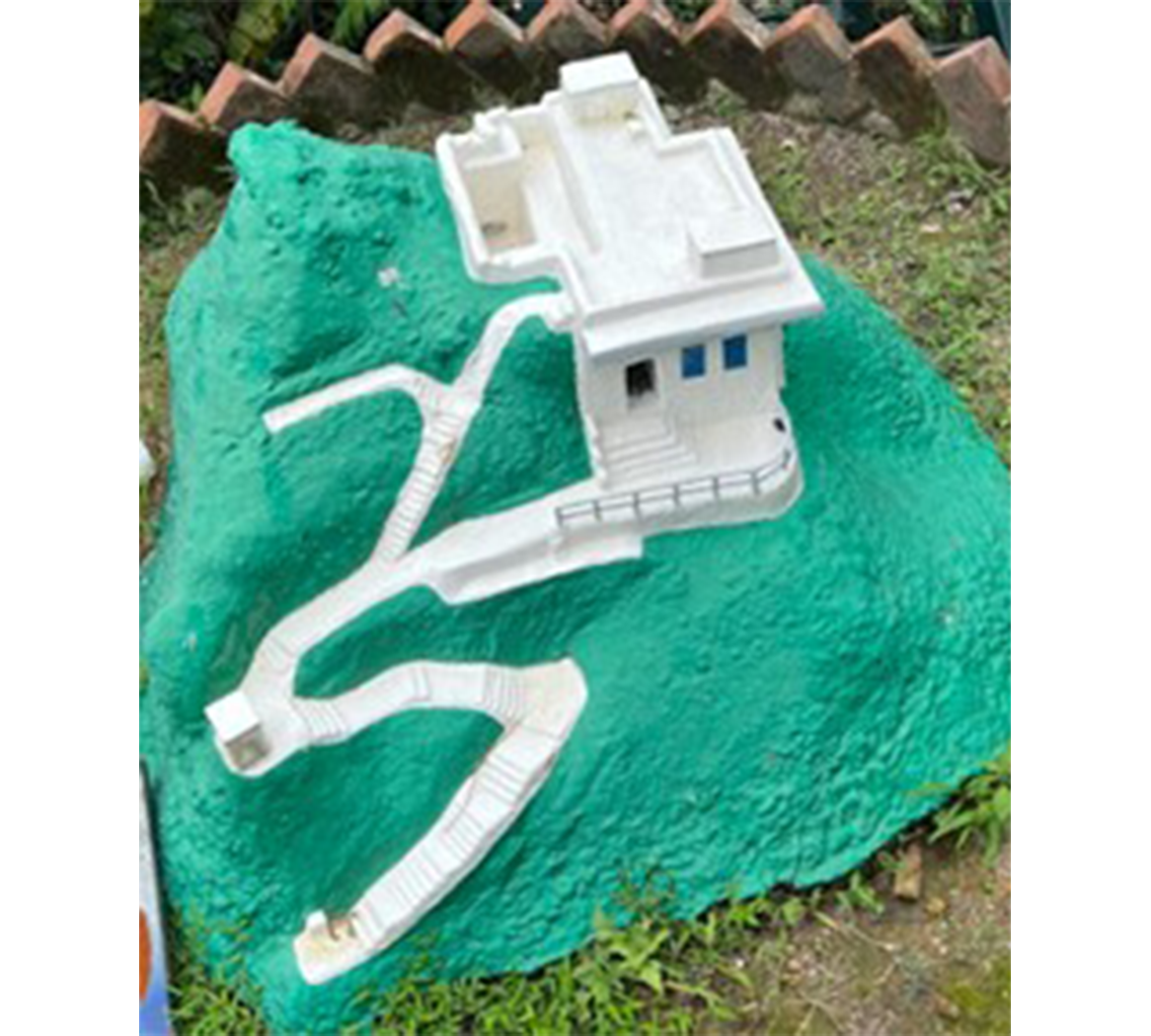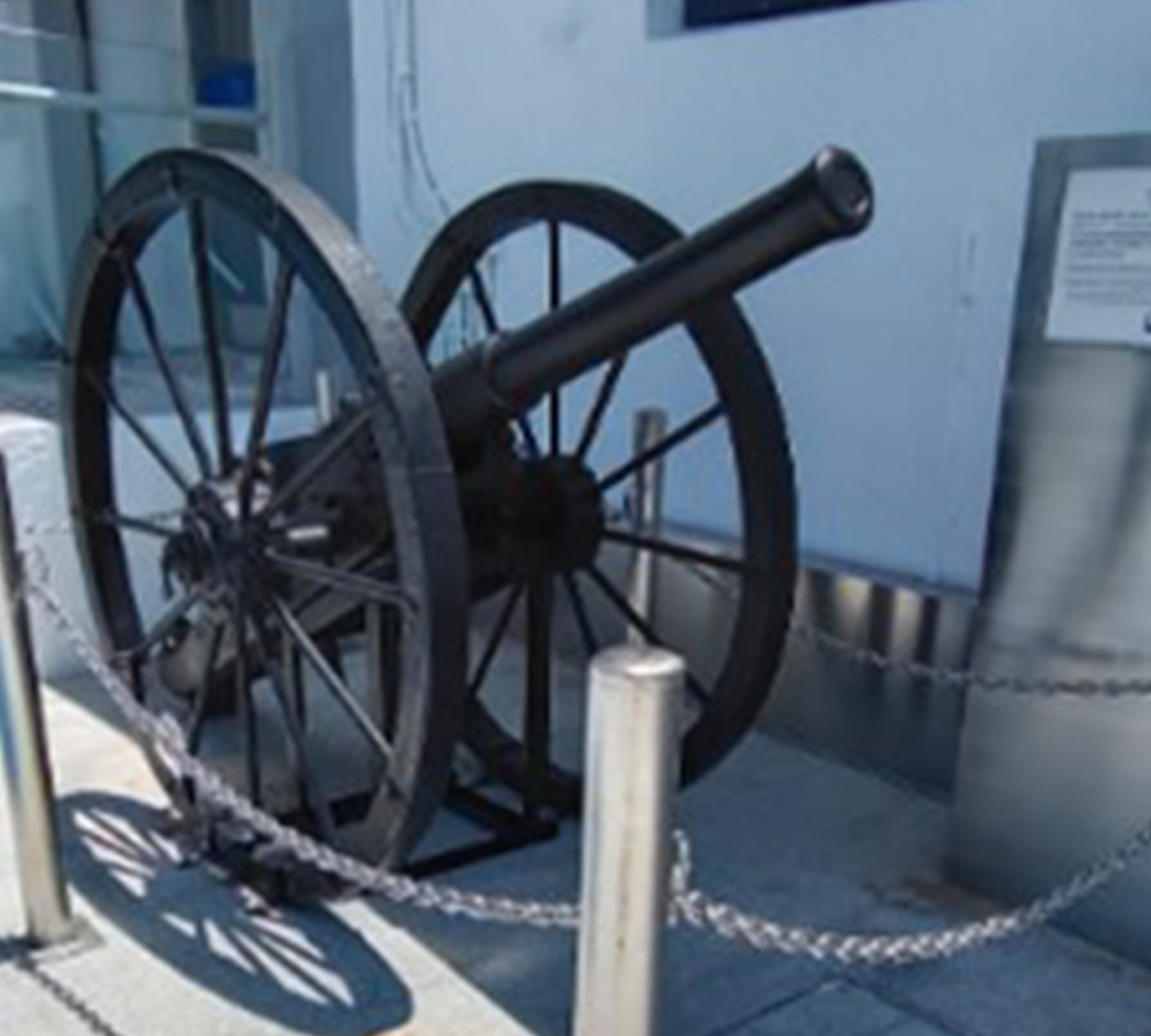Description
In the early days of Hong Kong, there were no traffic lights and the responsibility for directing traffic fell to traffic police officers. This type of traffic pagoda was installed widely on major streets in the 1960s for traffic direction purposes. The police officer looked to the front at the motorist with his hands down. This gesture is similar to the amber light of today's traffic lights: the motorist must be ready to pull up. The police officer would use his right index and middle fingers to signal the motorist to pull up at the stop line at any time. When the officer turned his palm towards the motorist, it was equivalent to a red traffic light signalling the motorist to stop the car. When the officer faced the motorist sideways with his hands down, it was equivalent to the green traffic light. The traffic pagoda was designed in the pagoda style in an effort to protect police officers from the sun and rain and to reduce the impact of weather on traffic direction work to a minimum. In the days before traffic lights became prevalent, the pagodas played an important role in traffic direction. With technological advancement, the traffic pagodas came to an end and were replaced by automated traffic lights in the mid to late 1980s. There are no longer any traffic pagodas on the streets of Hong Kong.

